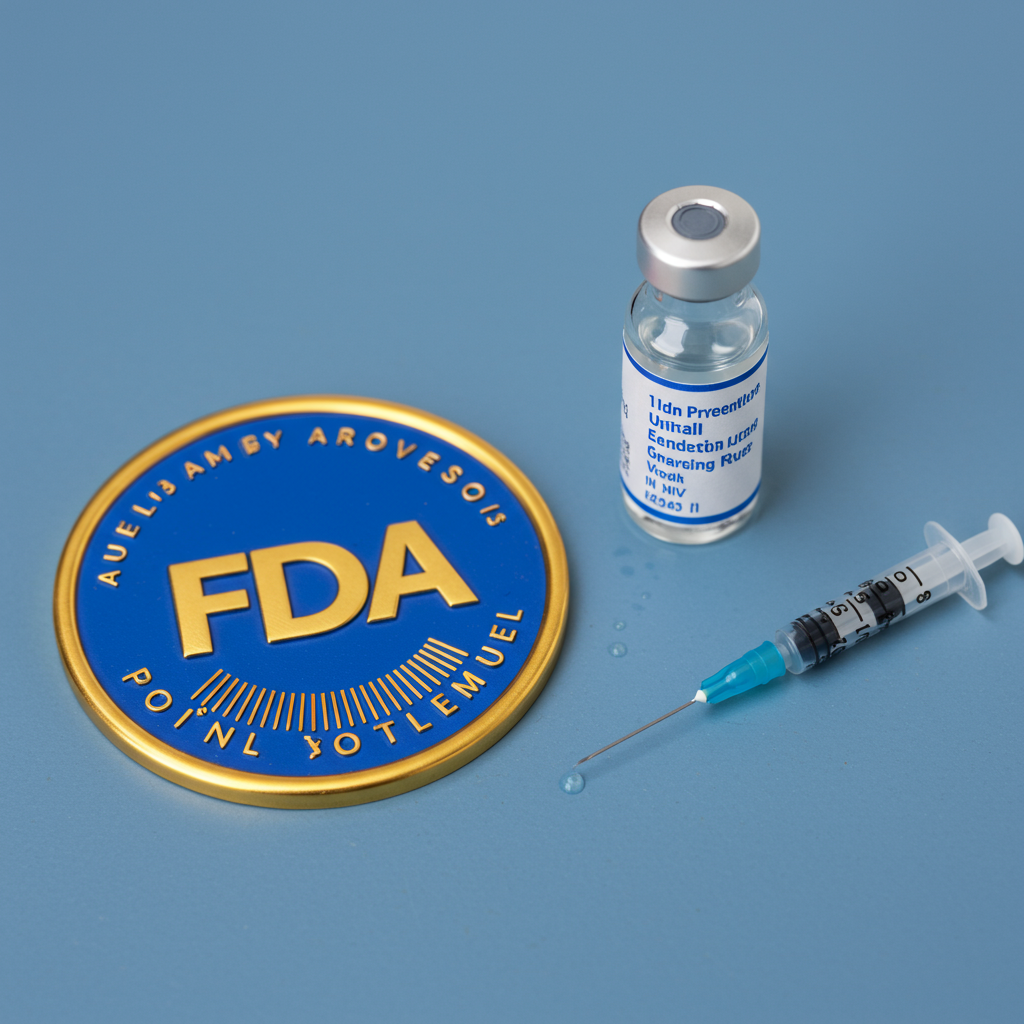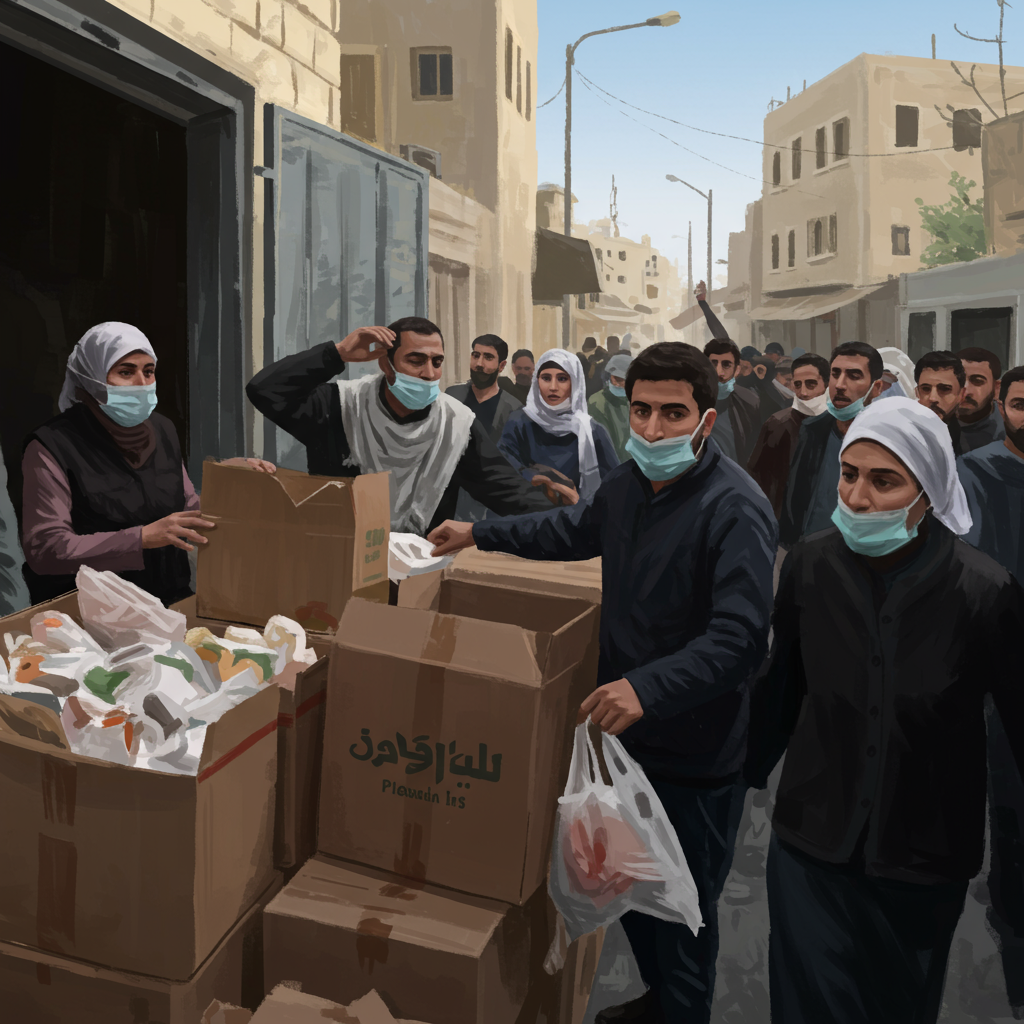A major breakthrough in the fight against HIV has arrived: the U.S. Food and Drug Administration (FDA) has granted approval for lenacapavir, marketed under the brand name Yeztugo, as a long-acting injectable medication for preventing HIV infection. Approved on June 18, 2025, this marks the world’s first and only medicine for pre-exposure prophylaxis (PrEP) that requires administration just twice a year.
Experts are hailing the approval as potentially transformative, with Science magazine reportedly describing lenacapavir as the most important scientific advance of 2024. Dr. David Ho, a pioneer in HIV treatment, called it a “huge breakthrough” with “great potential in curtailing the epidemic,” and AVAC executive director Mitchell Warren deemed it “the greatest prevention option we’ve had in 44 years of this epidemic.”
How Yeztugo Works and Its Effectiveness
Unlike traditional medicines that stimulate an immune response, lenacapavir is an antiretroviral drug that works by disrupting the function of the virus’s capsid protein during its early stages, effectively blocking HIV from reproducing. This mechanism provides sustained protection against sexual transmission of the virus.
Clinical trials demonstrated remarkable effectiveness. Studies involving sexually active young women and teen girls in South Africa and Uganda showed zero HIV infections in the group receiving the twice-yearly injection, compared to approximately two percent in a comparison group using daily oral PrEP. Across broader populations at risk of sexual acquisition, including men who have sex with men and gender-diverse people, studies showed nearly full protection, with one trial demonstrating 96% effectiveness compared to daily oral PrEP users. Overall, clinical data indicates the drug is almost 100 percent protective against becoming infected with HIV when taken as directed.
A Game Changer for Adherence
Current HIV prevention options primarily include daily oral PrEP pills like Truvada and Descovy, and another injectable PrEP, Apretude (cabotegravir), which is given every two months. While highly effective in theory, daily pills require strict adherence, which can be a significant challenge for many people due to factors like busy schedules, stigma, or difficulty remembering doses. Even the bimonthly Apretude requires six times more frequent visits than Yeztugo.
The convenience of a twice-yearly injection is seen as a critical advantage. By drastically reducing the frequency of doses, Yeztugo is expected to significantly improve adherence rates in the real world, potentially reaching individuals who have struggled with daily pills or more frequent injections. As one study participant noted, the twice-yearly shot allowed them to “forget” they were on PrEP, unlike the experience with daily pills. This improved feasibility and accessibility could bring PrEP to more of the estimated 400,000-500,000 Americans currently using prevention medications and help accelerate global efforts to end the HIV pandemic.
The Major Hurdle: Access and Affordability
Despite the scientific triumph and potential for broad impact, a significant and unifying concern among leading AIDS organizations and HIV advocates is ensuring equitable access and affordability for Yeztugo. Paul Kawata of NMAC articulated this, stressing that scientific advancements are only impactful if they reach the communities who need them most, which necessitates a strong public health infrastructure.
The estimated annual list price in the United States for Yeztugo is $28,218 per person. This is higher than Apretude’s annual cost of around $24,000 and vastly exceeds the cost of generic oral PrEP, which can be as low as $1 per day. While Gilead states the price is “in line with existing branded PrEP options,” advocacy groups like UNAIDS point out that lenacapavir can potentially be produced for as little as $40 per person per year, calling the proposed US price “beyond comprehension.”
Concerns are particularly acute for vulnerable populations in the U.S., such as communities of color and individuals facing socioeconomic barriers, who already experience disproportionately higher rates of new infections and face challenges accessing healthcare. Advocates are calling on private insurers and employers to cover Yeztugo immediately and without unnecessary hurdles, as required for Grade A preventive services under the Affordable Care Act, citing persistent issues with co-pays and prior authorizations for existing PrEP options.
Global Rollout and Remaining Challenges
Roughly two-thirds of the people living with HIV worldwide reside in sub-Saharan Africa, highlighting the critical need for accessible prevention tools in resource-limited settings. Gilead Sciences has outlined a two-part strategy for 120 high-incidence, low- and lower-middle-income countries, including voluntary licensing to allow generic manufacturers to produce and sell the drug, and providing Gilead-supplied product at no profit initially until generic supply meets demand.
However, advocacy groups express caution. While royalty-free licensing is a positive step, there are concerns about how quickly and effectively the drug can be rolled out globally. Past experiences with introducing other PrEP modalities have shown delays in reaching those who need them most. There are calls for greater price and supply transparency from Gilead and for governments, particularly in low- and middle-income countries, to utilize all available legal tools, like patent opposition and compulsory licensing, to ensure affordable access.
Furthermore, the delivery of injectable PrEP requires healthcare infrastructure for administration and mandatory HIV negative testing before each dose. Advocacy groups warn that recent cuts to U.S.-supported global HIV programs like PEPFAR and USAID, as well as domestic public health funding, pose a significant threat to the infrastructure needed to effectively deliver Yeztugo, both in the U.S. and internationally. Some fear the potential impact of this scientific breakthrough could be hampered by a weakening global health system.
While lenacapavir is a powerful new tool for HIV prevention, it is important to remember it does not protect against other sexually transmitted infections. Despite the remaining challenges regarding access, cost, and delivery infrastructure, the approval of a twice-yearly injectable option represents a monumental step forward, offering renewed hope in the decades-long effort to end the HIV epidemic. The focus now shifts to ensuring this innovative prevention method reaches everyone who could benefit.




